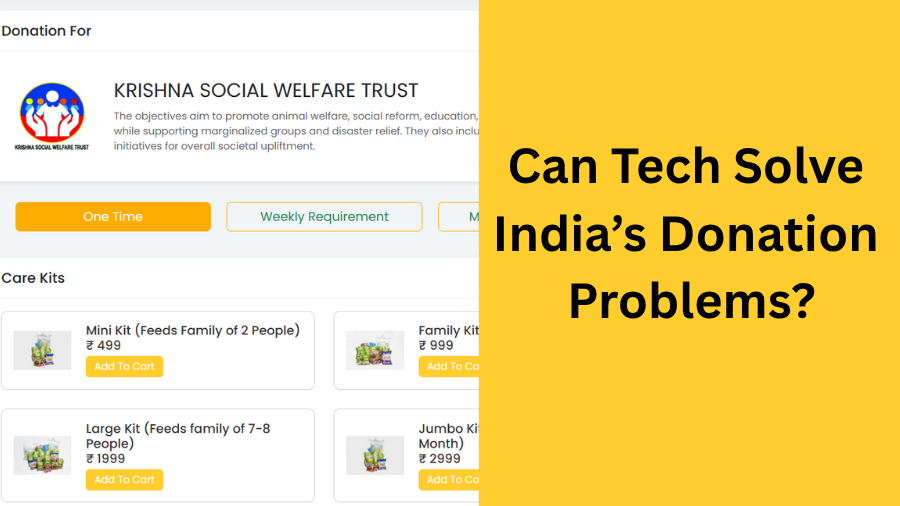
Every year, millions of well-intentioned Indians step forward to help others — donating money, clothes, food, or books. Yet, despite the generosity, a surprising problem persists: most donations don’t reach the right people in the right form, at the right time.
The intent is pure. The impact? Not always.
Walk into any NGO’s storage room and you might find a stockpile of winter clothes in summer, expired packaged food, or broken electronics no one can use. The issue isn’t the lack of goodwill — it’s the lack of coordination, context, and transparency.
This is where technology can make all the difference.
In most cases, donors guess what might help. Without knowing what an NGO or a beneficiary really needs at that moment, we donate whatever is available or convenient. This leads to:
Imagine a platform that works like a wishlist for NGOs — showing what’s actually needed in real-time. No guessing, no waste. Just essentials, clearly listed. That’s what Kiboday is built for.
Here’s how technology solves real-world donation problems:
India doesn’t lack compassion. It lacks structured, transparent ways to give meaningfully. With platforms like Kiboday, technology isn’t just simplifying the donation process — it’s transforming it.
We’re bridging the distance between donor intent and real-life impact.
Because when the right help reaches the right hands — that’s when real change begins.